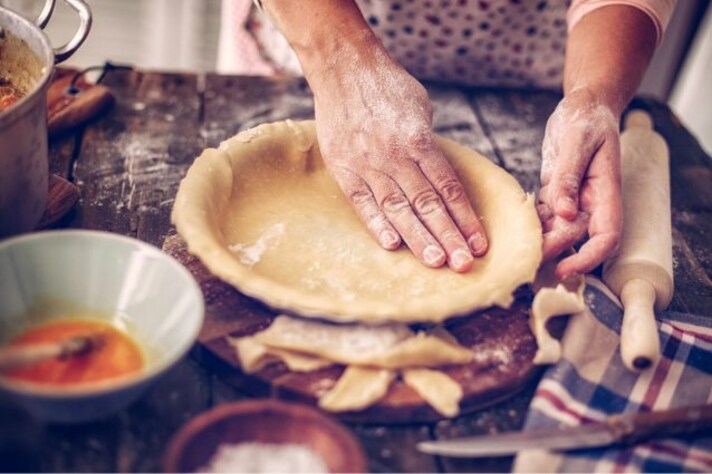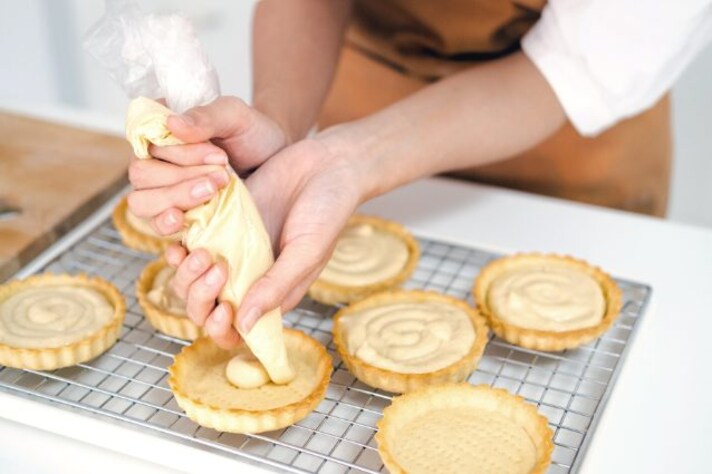
Tarts are delicate shells that serve as vessels for fillings, creams, and other delicious delicacies. To ensure they come out perfect every time, tarts need to be treated with the utmost respect and consideration. Neglecting this can result in a soggy mess, a tart that breaks upon contact, or one that just turns out awful. Today, we're here to highlight one of the biggest mistakes you could make with a tart: baking it without chilling it first.
The Importance of Chilling Your Tart
Baking a tart without chilling it first is akin to skipping the foundation when building a house. The dough needs to firm up in the fridge to prevent it from shrinking and losing its shape in the oven. Chilling the tart ensures that the butter in the pastry is cold, which is crucial for achieving a flaky, tender crust. If you skip this step, the butter melts too quickly during baking, causing the dough to collapse and become greasy. Chilling also helps the dough relax, reducing the risk of shrinkage and providing a more even bake.

The Consequences of Skipping the Chill
If you bake a tart without chilling it first, you’re setting yourself up for a host of problems. Firstly, the pastry is likely to puff up too much and lose its definition. This means that your beautifully crimped edges will blur into one undistinguished mess. Secondly, the texture of the tart will suffer. Instead of a crisp, flaky crust, you might end up with something more akin to a soggy biscuit. This is because the fats in the pastry haven’t had time to firm up, leading to uneven melting and, ultimately, an unpleasantly greasy tart.
Why Chilling Makes a Difference
Chilling your tart, whether filled or unfilled, before baking is essential. For unfilled tarts, this step ensures that the pastry holds its shape during the blind baking process. Blind baking involves pre-baking the tart shell before adding any fillings to prevent a soggy bottom. For filled tarts, chilling helps maintain the integrity of both the pastry and the filling, ensuring they bake evenly and set properly. The cold temperature solidifies the fats in the dough, slowing down their melting during the initial stages of baking and allowing the pastry to set beautifully.

How Long to Chill Your Tart
The general rule of thumb is to chill your tart for at least 30 minutes before baking. However, some recipes may require longer chilling times. For instance, if you're working with a particularly buttery or delicate dough, an hour or even overnight chilling might be recommended. This extended chilling time allows the gluten to relax further, preventing shrinkage and ensuring a more tender crust. Always follow the specific instructions of your recipe, but if in doubt, remember that more chilling usually means better results.
;Resize,width=767;)
